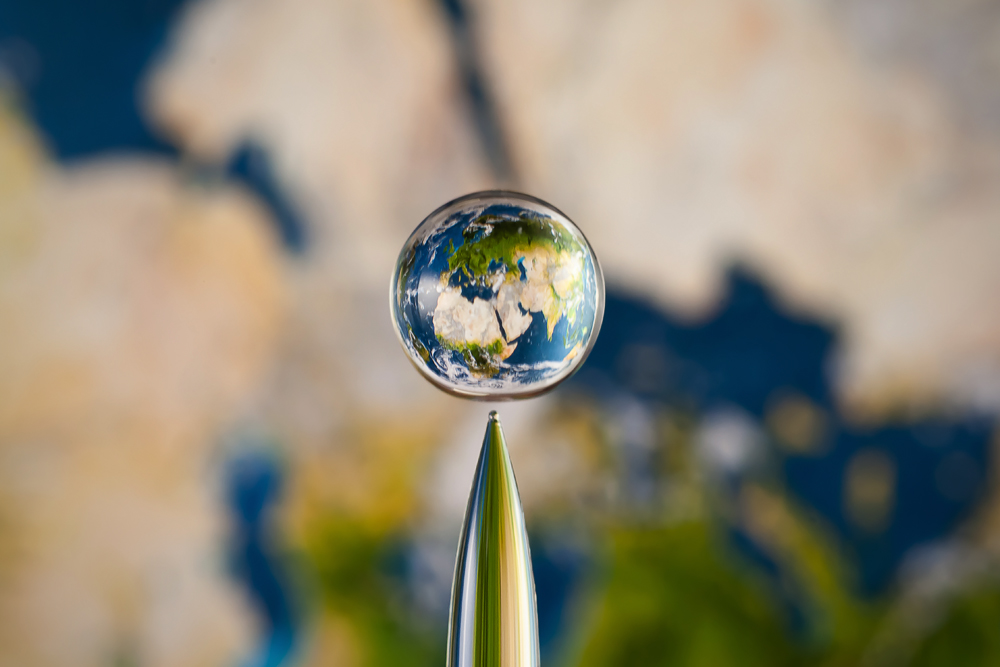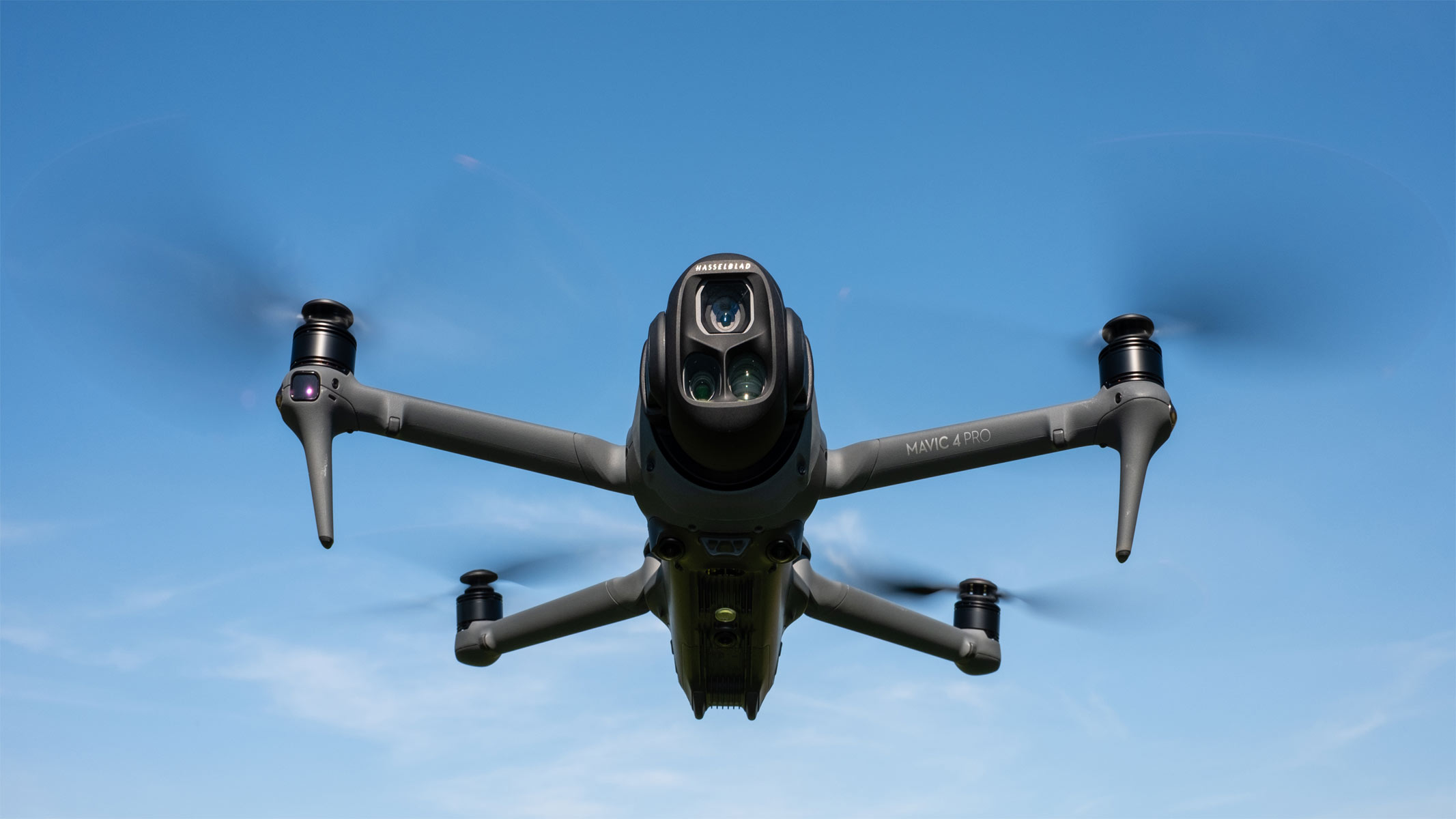Photographer Captures Worlds in a Drop of Water

Markus Reugels can capture the world in a drop of water, not to mention Venus, Mars and the moon. Reugels is a floor installer and hobbyist photographer in Marktsteinach, Germany, but "hobby" doesn't begin to convey the beauty and precision of his photographs of images reflected in tiny, perfect globes of water.
LiveScience caught up with Reugels via email to find out how he creates his photographs and why he likes working with liquids.
LiveScience: These photographs are amazing. How did you get into photography, and why did you start working with water droplets?
Reugels: I started photography about three years ago. At the beginning, I only wanted to take good pictures for the family album. But with time, it grew into a hobby. I learned everything I know by myself, so I read [posts] in many photo communities. In this way, found a thread about water-drop photography. The pictures inspired me to test it, but it was so fascinating for me that I went further and further.
How do you create the refraction images?
This is basically very simple. I place a picture behind the falling drop, and in the drop the picture will be shown as the refraction. You must place the picture upside down, because the refractions are mirrored. The hardest part is to set the light well. Poor light can destroy the picture. [See Reugels' water-drop photos]
The goal is to bring depth into the drop, so that the picture is not flat.
Get the Space.com Newsletter
Breaking space news, the latest updates on rocket launches, skywatching events and more!
How much time do you estimate it takes to create a single perfect refraction shot? How many shots fail for every one that succeeds?
It can take one hour to get the right settings, and then to adjust the timing for the perfect shape and position of the picture. Sometimes I must take over 100 pictures to get the one perfect shot — but I always have something I want to improve, so the pictures are only nearly perfect!
You also create beautiful images with bubbles, jets and droplets of water by themselves. How do you make these images?
These are all different techniques of water-drop shots. The basic "Drop on Drop" pictures are made with two drops. The first drop falls into the tray and forms a crater, then a crown, and at last a pillar. On the pillar, the second drop must be timed exactly to create shapes that look like mushrooms, hats or flying discs.
Last year, I found a way to produce jumping spouts. There is a special technique to make splashes about 10 to 15 centimeters high (4 to 5.5 inches). I didn't want to tell how, but when you show good results, other people will make them, too. After a time, some people have come to know my secret and I have released it. Since this, people around the world make such "XXL splashes."
The bubbles are very hard to reproduce. The first drop must be very big so that the impact of the drop will form a bubble, and through the bubble goes a pillar. [The Science of Bursting Bubbles]
Tell me about your 'Shoot 'Em Up' series, which involves shooting pellets through droplets of water. It looks like quite the mix of fire and water.
The Shoot 'Em Up Series is more a technical gamble. It's very hard to get the action of a pellet shot and the silence of the water drop under one hat. The picture must be well balanced.
It's more of a technical hurdle to realize these pictures. But in two or three pictures I have handled the composition very well, so I'm always trying to make some new ones!
You also have a series of photographs called "Cream Flow." How are these made?
These pictures are very easy to make. I use only a little aquarium and a pipette to make such shots. When you drop a single droplet of milk or cream into the water, it sinks in such shapes. Here, you can play with lots of things, more drops, colored milk and cream, etc. You must only push the trigger and set the light. The pictures are always great.
What is it that you enjoy about photography, and especially this type of photography?
The most impressive thing about high-speed photography is the fact that you don't know what you're going to get. Every time creates a different result, even if you use the same settings as the last series. There are so many factors that will influence the result. I'm always amazed by some of the pictures.
And the best thing behind such photos is to show that a world that we can't see with the eyes, such as moments in a life of a water drop, can be so beautiful. It's impressive!
Some people think such pictures are only possible with a technical timing device. That's not the whole truth. It's only the key to realize such shots. I know many people with the same or better gear, and they make poor pictures. When you have tried to make such pictures on your own, you understand the effort and patience behind the picture.
But I need a balance for this very technical photography, so I love to make photos with old manual lenses. Here you must have time to set the aperture, the focus and settings on the camera. This is pure photography, and the old lenses make really good pictures.
What other techniques would you like to experiment with?
Maybe in the future I will go deeper into portrait photography and wedding photography, but I don't know. The most important thing is to have fun with the camera. I don't know how long I will go with the drops, but at this time, I have lots of fire for this passion.
This story was provided by LiveScience, a sister site to SPACE.com. You can follow LiveScience senior writer Stephanie Pappas on Twitter @sipappas. Follow LiveScience for the latest in science news and discoveries on Twitter @livescience and on Facebook.
Join our Space Forums to keep talking space on the latest missions, night sky and more! And if you have a news tip, correction or comment, let us know at: community@space.com.

Stephanie Pappas is a contributing writer for Space.com sister site Live Science, covering topics ranging from geoscience to archaeology to the human brain and behavior. She was previously a senior writer for Live Science but is now a freelancer based in Denver, Colorado, and regularly contributes to Scientific American and The Monitor, the monthly magazine of the American Psychological Association. Stephanie received a bachelor's degree in psychology from the University of South Carolina and a graduate certificate in science communication from the University of California, Santa Cruz.

